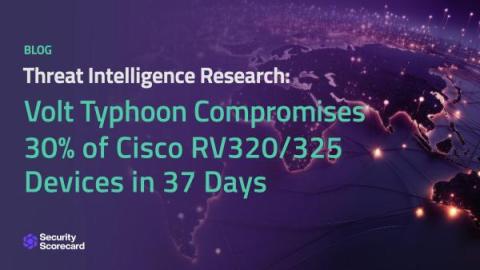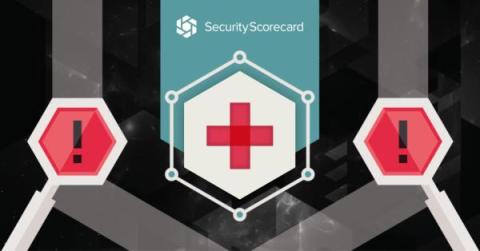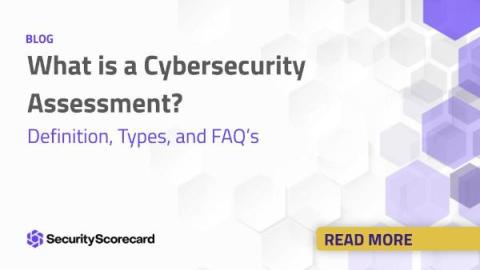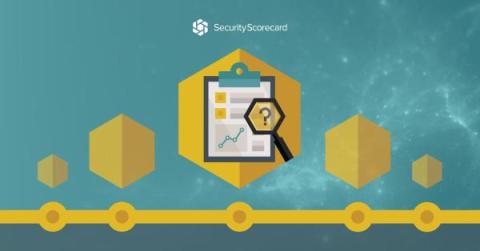Security | Threat Detection | Cyberattacks | DevSecOps | Compliance
January 2024
SecurityScorecard Returns to the World Economic Forum's Annual Meeting: Our Top 5 Insights
Introducing SecurityScorecard MAX
Volt Typhoon's Recent Compromise of 30% of Cisco RV320/325 Devices
Introducing the Cyber Resilience Scorecard
This week at the World Economic Forum Annual Meeting, SecurityScorecard published the first Cyber Resilience Scorecard, offering leaders and decision-makers a comprehensive and global view of global cyber risk. SecurityScorecard identified a strong correlation between a country’s cyber risk exposure and GDP, which underscores that a nation’s economic prosperity is deeply intertwined with its ability to navigate the complex landscape of cyber threats.
Threat Intelligence Research
As part of our effort to make the world safer, SecurityScorecard has been tracking threat actor groups conducting cyberattacks on behalf of nation states.
Introducing Security Ratings for Telecommunications, Internet Service Providers, and Cloud Providers
Telecommunications, Internet Service Providers, and Cloud Providers are some of the most critical sectors on the planet. They enable global connectivity, provide access to a wealth of information in real time, and transform business operations. As the foundation of modern communication, these industries have ushered in countless innovations and propelled society forward.
5 Considerations for an Effective Healthcare Risk Management System
The healthcare industry is no exception to the rapid levels of transformation we’re seeing across multiple industries right now. As more facilities begin to leverage electronic health records (EHRs) and internet-connected medical devices for patient care, organizations are becoming more reliant on advanced technologies. While these changes have helped advance patient care in many ways, they have also introduced the healthcare sector to greater levels of risk.
The Most Important Security Metrics to Maintain Compliance: Best Practices for Prioritizing Cyber Resilience
What is a Cybersecurity Assessment?
Routine cybersecurity assessments are a crucial component of a holistic risk management program. Your organization must keep an eye on the cyber hygiene of its entire ecosystem, including third- and fourth-party vendors, at all times. A cybersecurity risk assessment allows you to do this by identifying the cyber risks that affect your security posture, which leads to more informed decision-making on how best to allocate funds, implement security controls, and protect the network.
How to Perform A Cybersecurity Risk Analysis in 2024
Risk analysis is defined as the process of identifying, reviewing, and analyzing any existing or potential cybersecurity risks that could negatively impact a business. Performing a cybersecurity risk analysis helps your company identify, manage, and safeguard data, information, and assets that could be vulnerable to a cyber attack. Such an analysis helps to identify systems and resources, determine the risk, and create a plan for security controls that can help protect your company.












